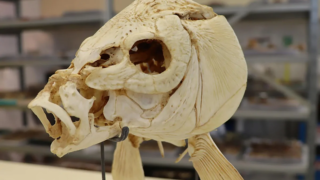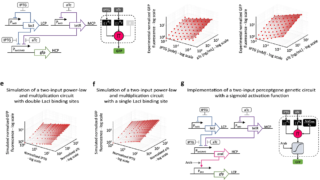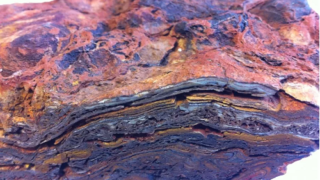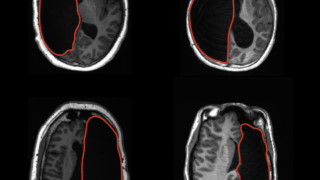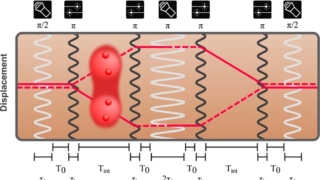
Ultraprecise entangled clocks
For the first time, scientists have entangled atoms for use as networked quantum sensors, specifically, atomic clocks and accelerometers. The research team’s experimental setup yielded ultraprecise measurements of time and acceleration. Compared to a similar setup that does not draw on quantum entanglement, their time measurements were 3.5 times more precise, and acceleration measurements exhibited […]


